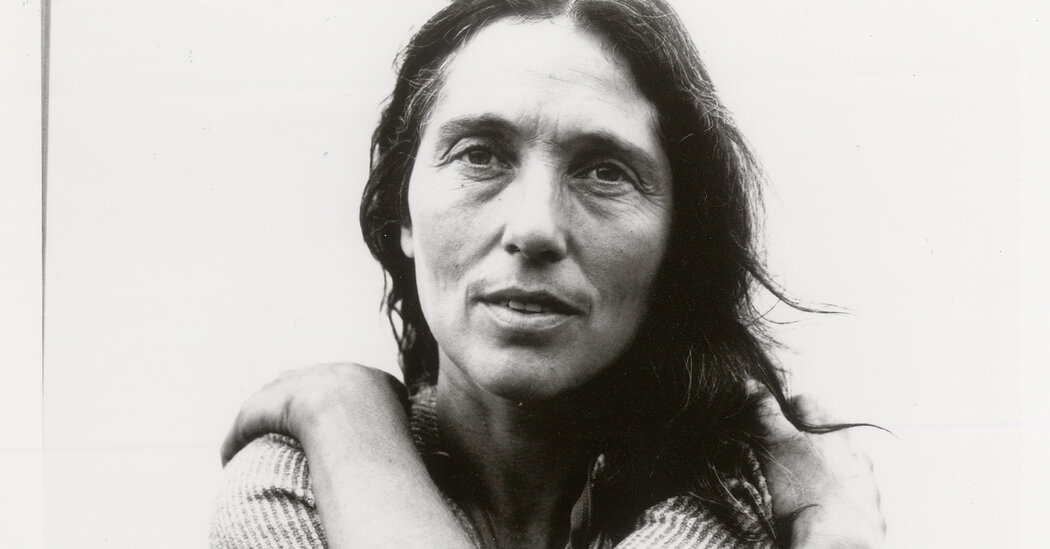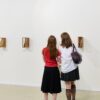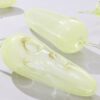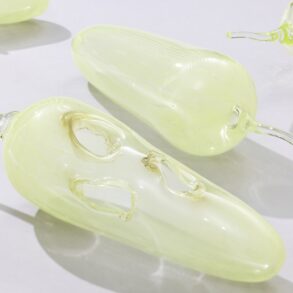
Womanly power was a recurring theme of her work, expressed in idiosyncratic sculpture and paintings that did not align with prevailing trends.
June Leaf, a painter and sculptor whose exploration of the female form, by turns whimsical, graceful or ominous, paved the way for later generations of feminist artists, died Monday at her home in Manhattan. She was 94.
The cause was gastric cancer, said Andrea Glimcher, her agent at the Hyphen management firm and a friend.
Ms. Leaf worked for much of her long career outside the mainstream. Idiosyncratic and intuitive, she developed a unique blend of expressionism and primitivism, allied with a childlike sense of play. Her varied output included toylike kinetic sculptures, frantic ink drawings with a nervous, tensile line, satirical social scenes, and macabre skeletons painted on canvas or tin.
Womanly power was a recurring theme, expressed early on in goddess-like figures with hugely distended hips and breasts and women with batlike wings or gyroscope torsos, and later in a powerful series of metal heads reminiscent of tribal sculpture.
At no point did the work align with prevailing trends in contemporary art, and for much of her life Ms. Leaf was overshadowed by her husband, the photographer Robert Frank, whom she married in 1975. She nevertheless commanded a devoted audience attuned to her unique frequency, as well as the admiration of a small group of critics and curators.
Reviewing her first solo New York show in 1968, Hilton Kramer of The New York Times called her work “remarkably forceful and robust — the product of an earthy imagination with a striking talent for projecting images that are at once ferocious and macabre, satirical and touching.” He added, “She is that rare thing in painting today: a poet with a taste and a talent for complex images.”
This post was originally published on this site be sure to check out more of their content







